SEPHARDI AND MIZRACHI FLAVORS

Olive oil and yogurt
Sephardi cuisine is much lighter than Ashkenazi cuisine. Instead of goose schmaltz, olive oil is the mainstay fat used for cooking. Instead of sour cream, Sephardim use yogurt.
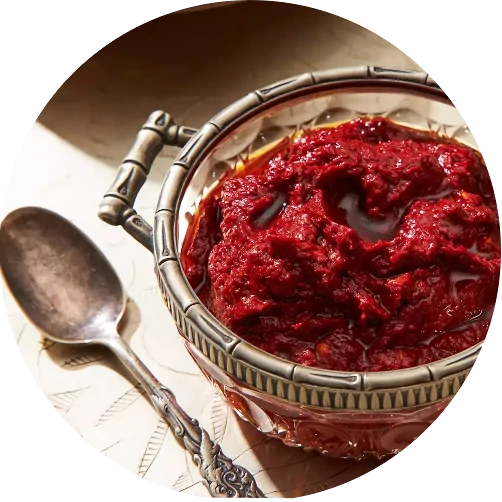
Pickles, spreads, flavour enhancers
Like other middle eastern cuisines, Sephardi cuisine is based on a whole gamut of flavor enhancers, such as rose water, orange water, marinated vegetables and all sorts of spreads and thick sauces, made from mangos, coriander, coconut and dates.
Photo: Penny De Los Santos, Jewish Food Society

Pita
As opposed to Ashkenazi Jews, Sephardi Jews did not have their own bread such as challah or bagels. Pita, widely known all across the Middle East and the Arab world, is the most popular bread among Sephardi Jews.
Photo: Piotr Kulisiewicz, Private collection
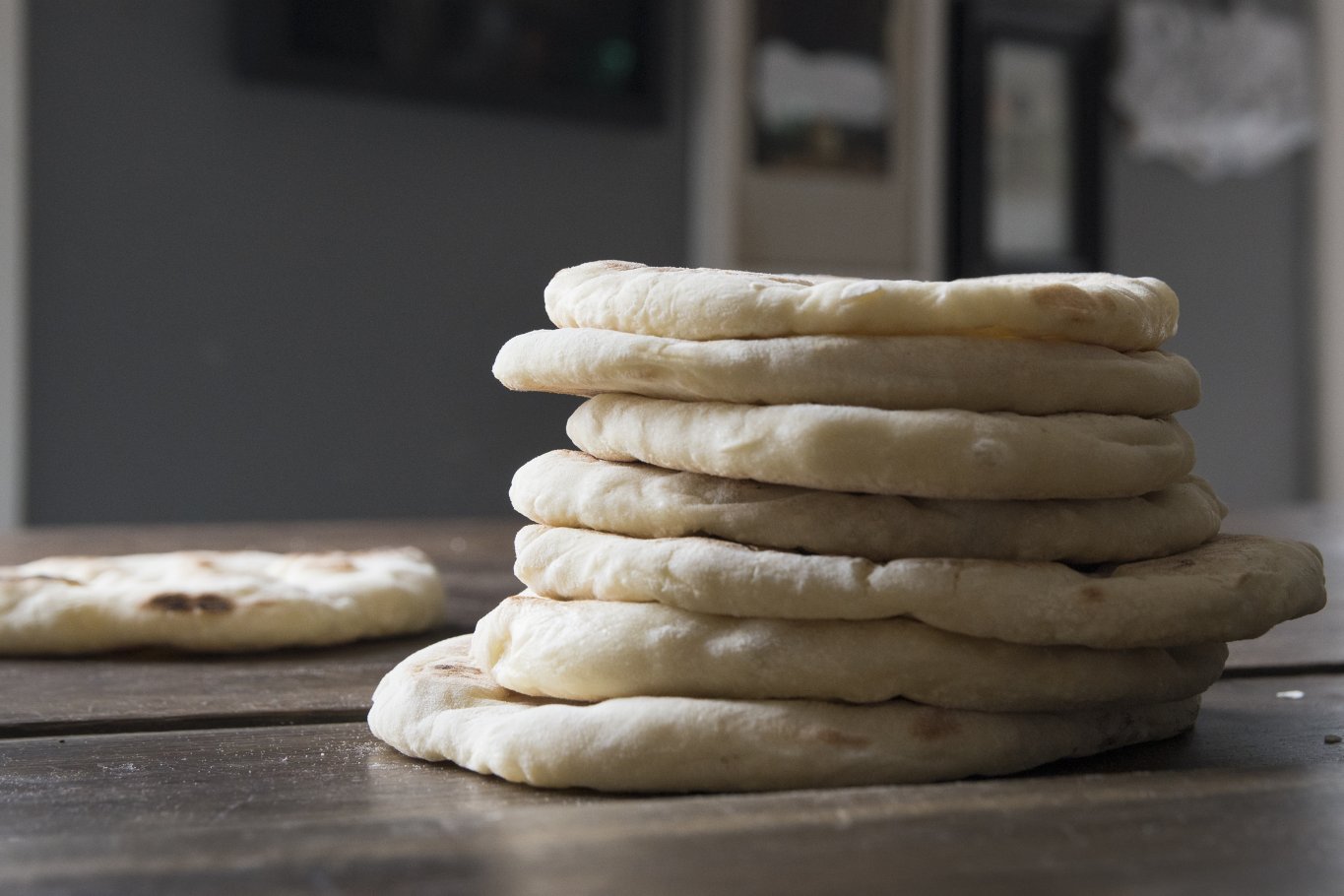
PITA
Cook it!
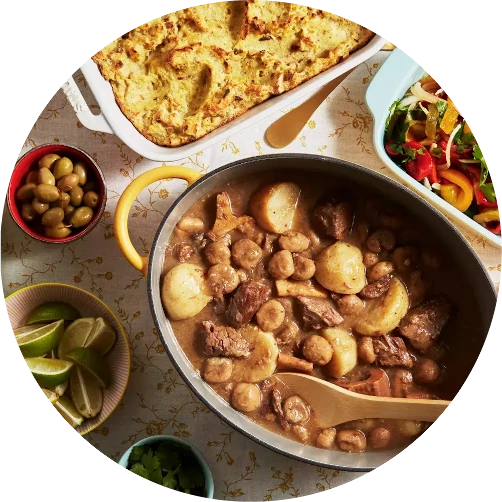
Shabbat hot pot – adafina and hamin
This is a Sephardic variation on cholent, a hot, slow-cooked meat dish prepared for Shabbat. Traditionally, lamb and goat meat were used; today, they are increasingly often replaced by beef or veal, with added vegetables, legumes and spices.
Fot. Penny De Los Santos, Jewish Food Society
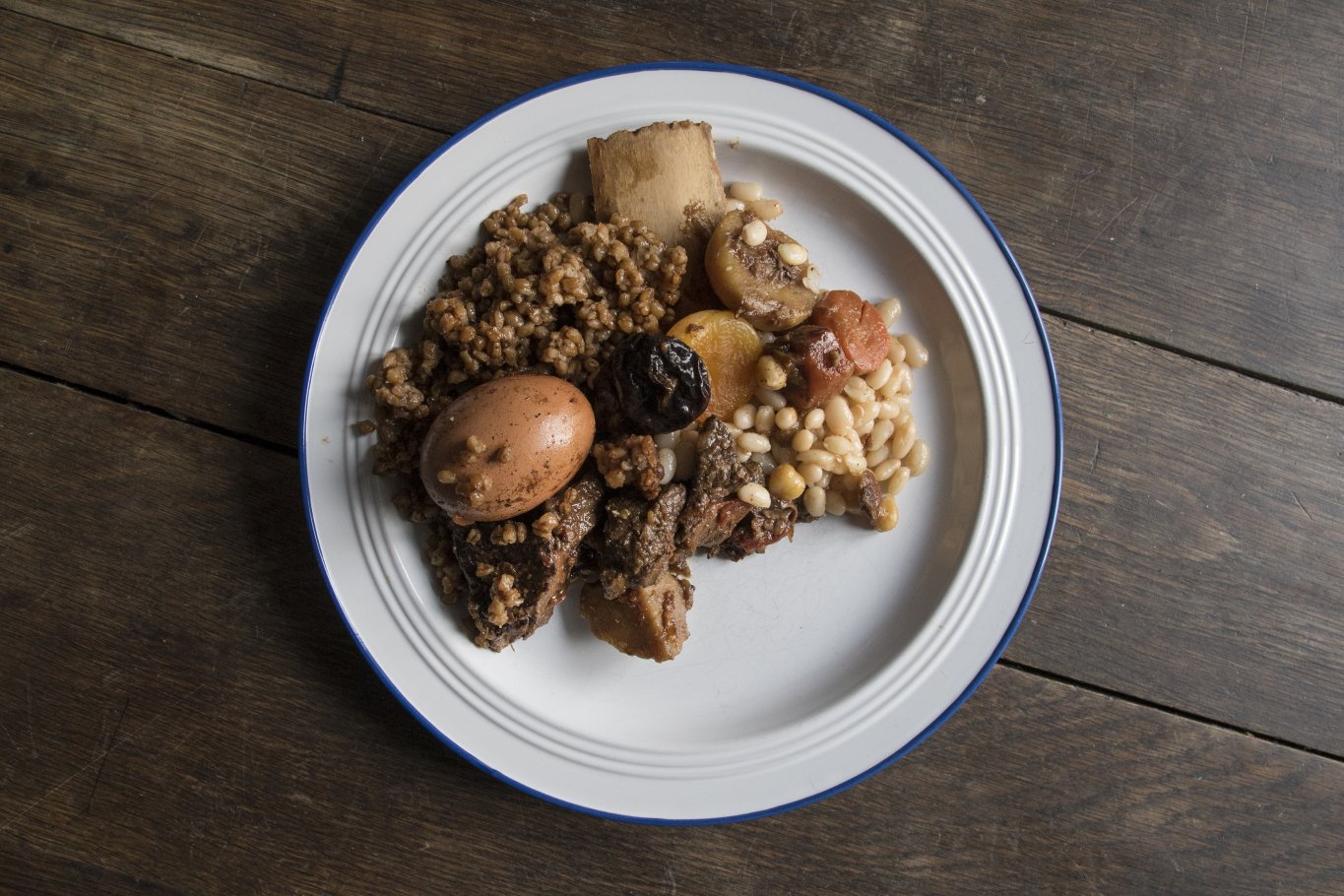
HAMIN
Cook it!

Haminados
Eggs boiled for a long time in onion skins with some coffee grains until their shell turns deep brown, the egg white turns light brown and the yolk turns slightly green. Traditionally, the eggs were placed on top of the adafina (Shabbat stew) in the stewing pot.
Bourekas
Puff pastry stuffed with different fillings, typical of Sephardic Jewish as well as Turkish, Greek and Balkan cuisines (in Turkish "börek" means "pastry"). Jewish bourekas were more akin to Spanish and Portuguese empanadas—they were filled with cheese, aubergine, spinach or meat.
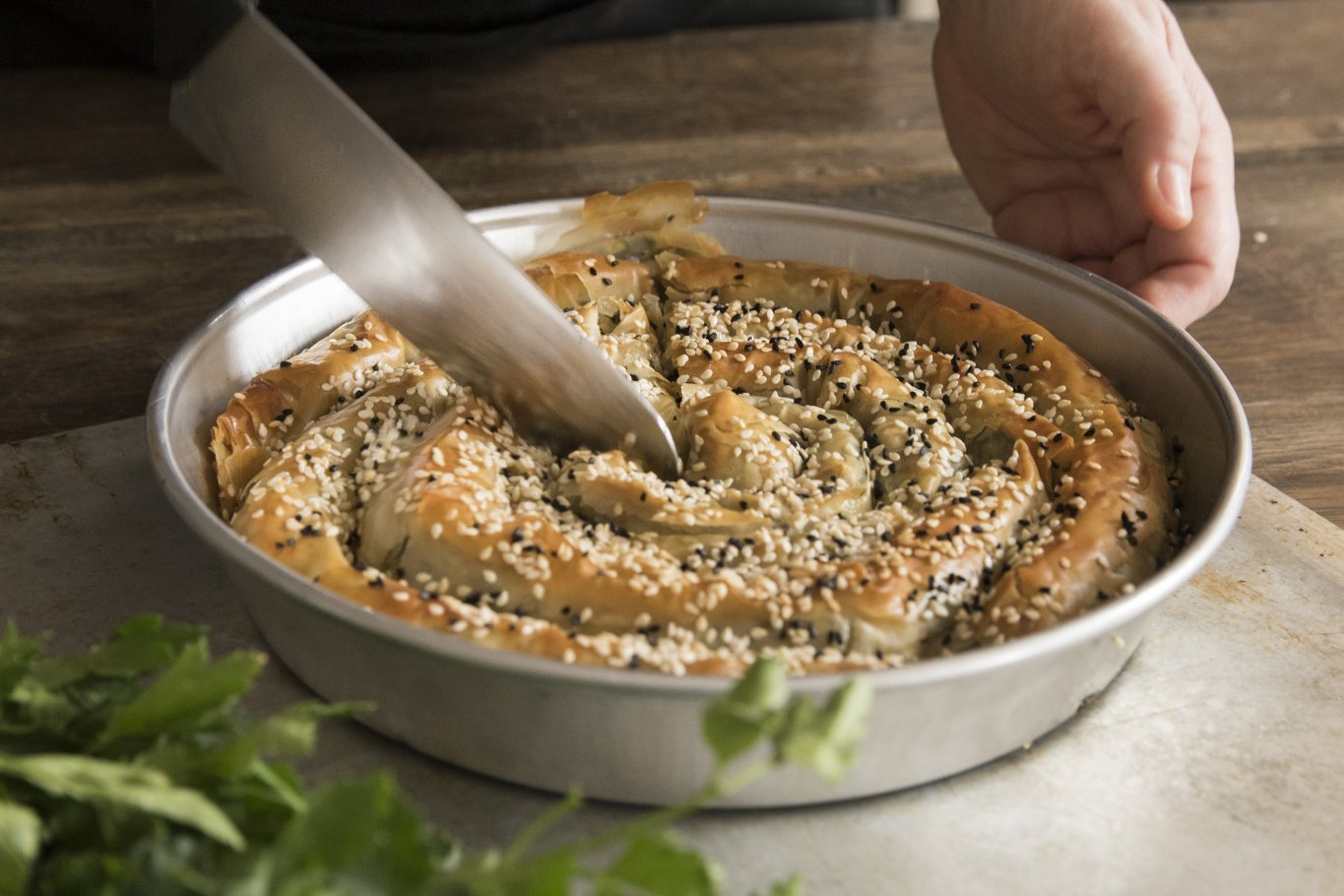
BUREK
Cook it!
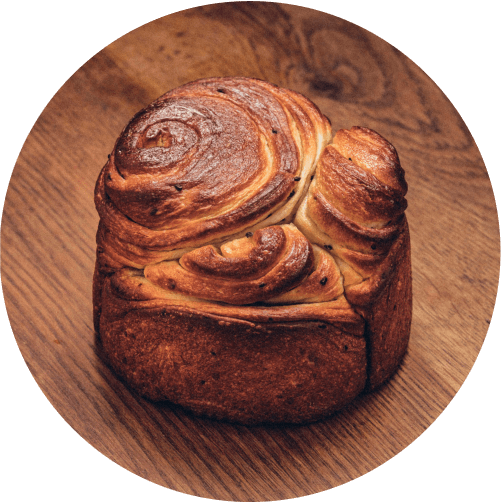
Kubaneh
Traditional Jewish Yemenite oily bread prepared for Shabbat morning. It is baked overnight in a pot; sometimes eggs are added to the pot (just like to the pot of cholent) to make haminados. Kubaneh is very popular in Israel today.
Photo: Tom Hovav, Private collection
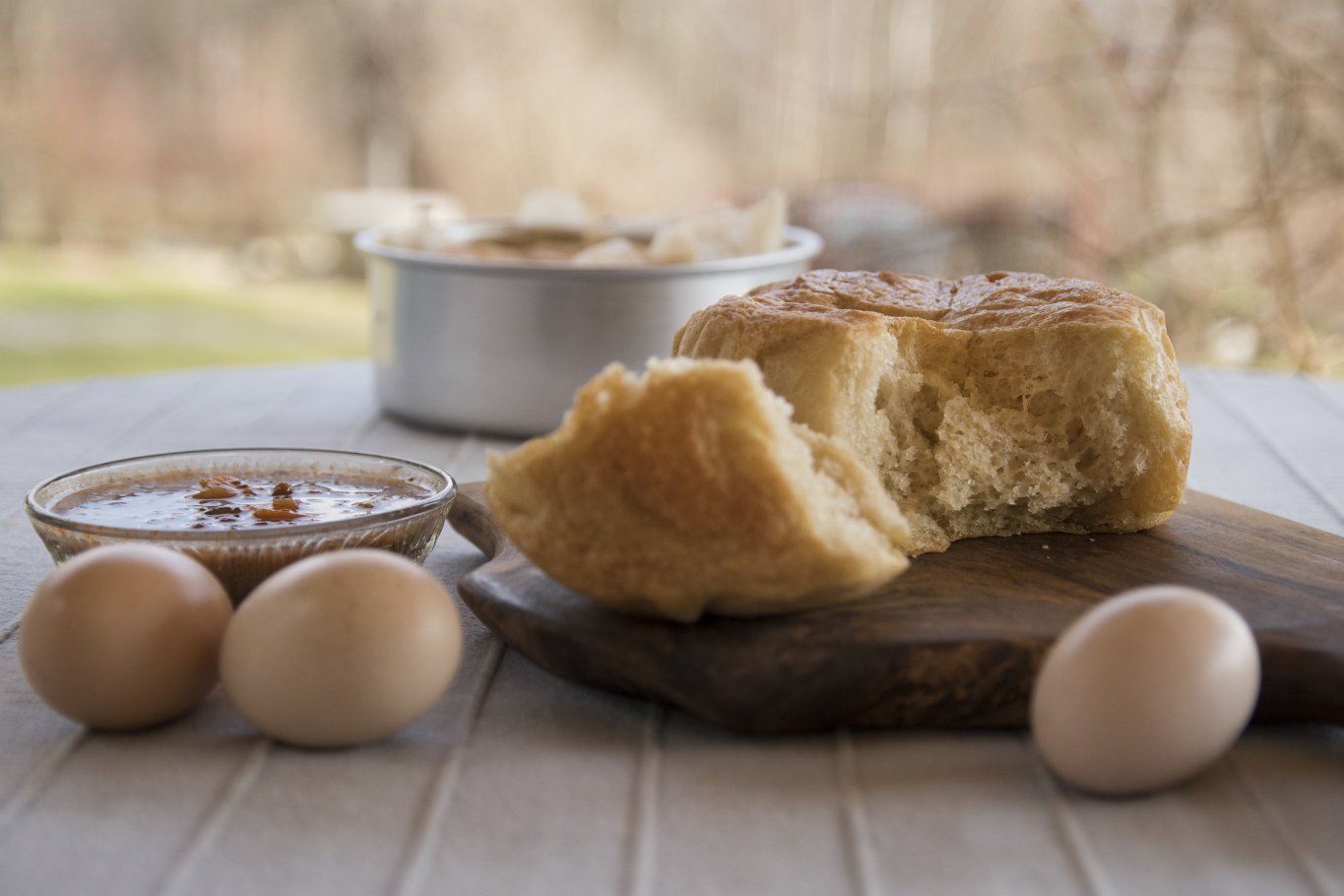
KUBANEH
Cook it!

Chraime
Pieces of fish in a spicy tomato sauce with smoked paprika and coriander, traditionally eaten on Shabbat, Rosh Hashanah and Pesach by Jews from Morocco and North Africa. On Shabbat, it is always served as a cold starter, just like Ashkenazi gefilte fish.
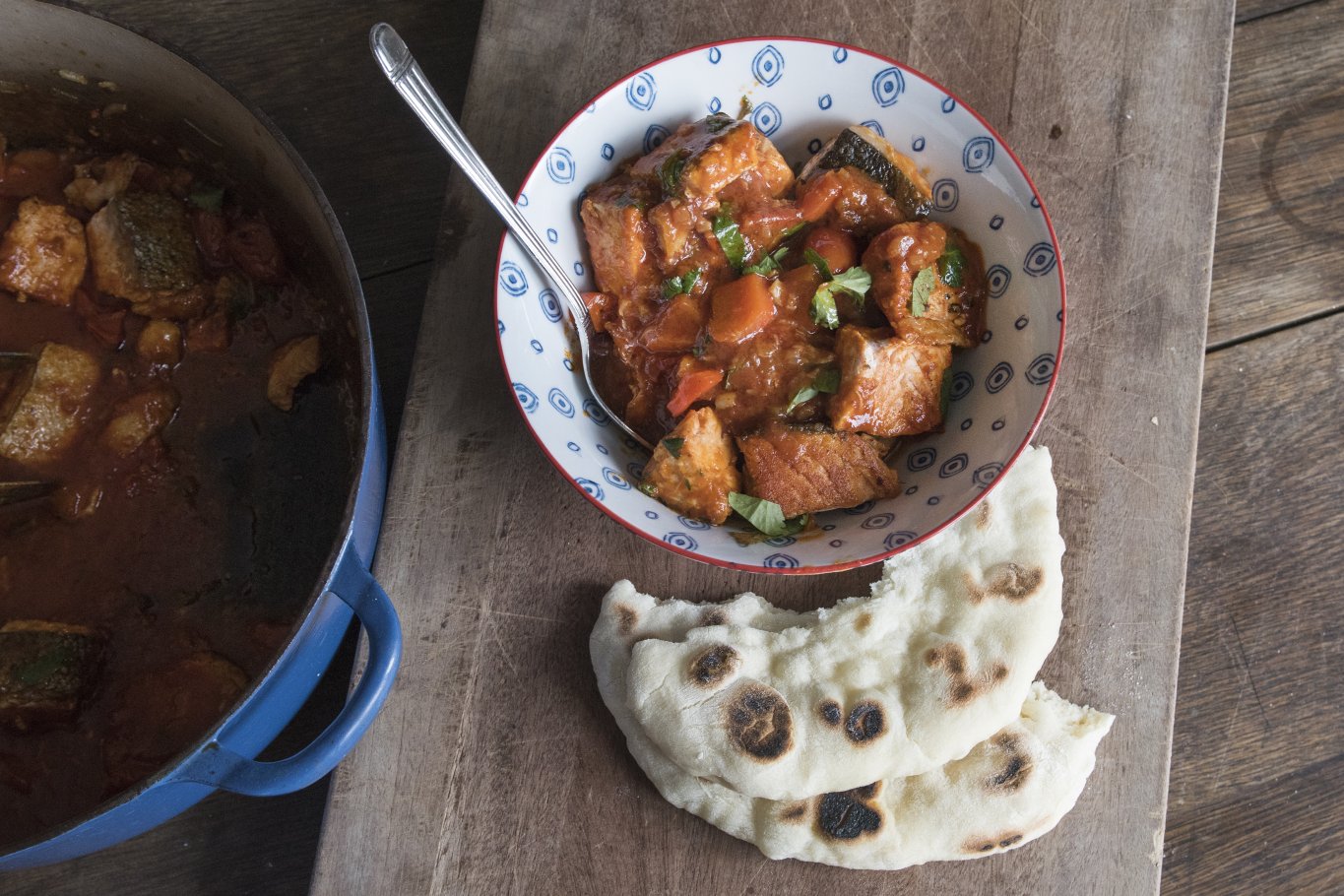
CHRAIME
Cook it!
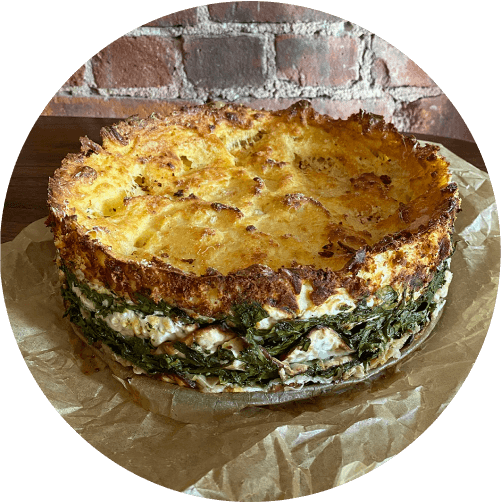
Mina de Espinaca
Spinach, cheese and matzo flour pie eaten during the Passover holiday. It is an example of a “Pesach invention”: a tasty dish made from the products that are allowed during the holiday period, such as matzo and matzo flour.
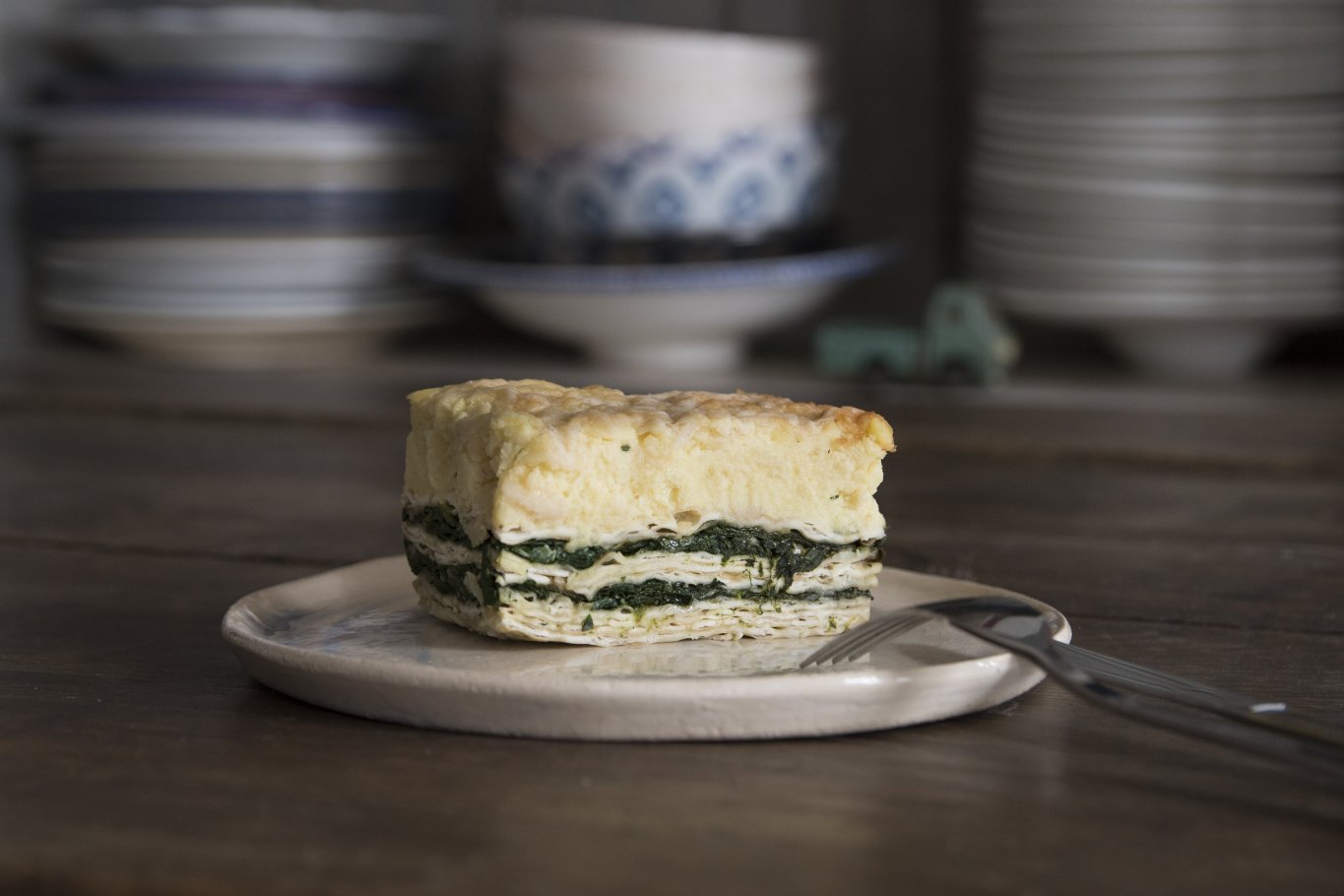
MINA DE ESPINACA
Cook it!

Rice dishes – pilaf
Aside from North Africa where couscous rules, rice is a staple among Sephardic communities. It is often yellow – thanks to the addition of saffron – and served with vegetables, pieces of meat, and hot spices. Jews began consuming rice as early as the 5th century BCE when the Jewish diaspora stretched to Persia. Rice is mentioned in the Babylonian Talmud, and was formally accepted along with the spread of Islam.
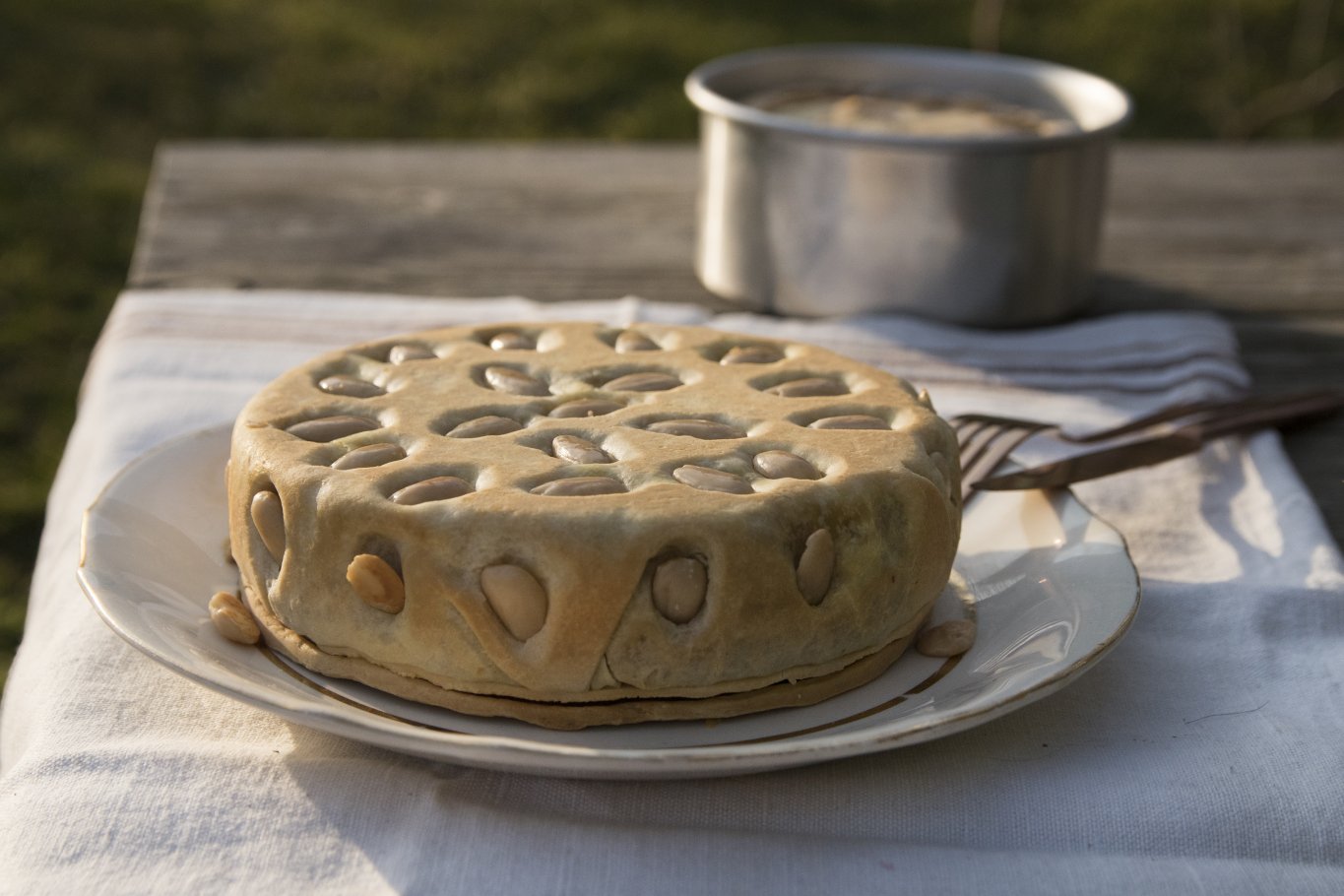
PERDELI PILAV/MAQLUBA
Cook it!

SCROLL or CLICK&HOLD
to go on